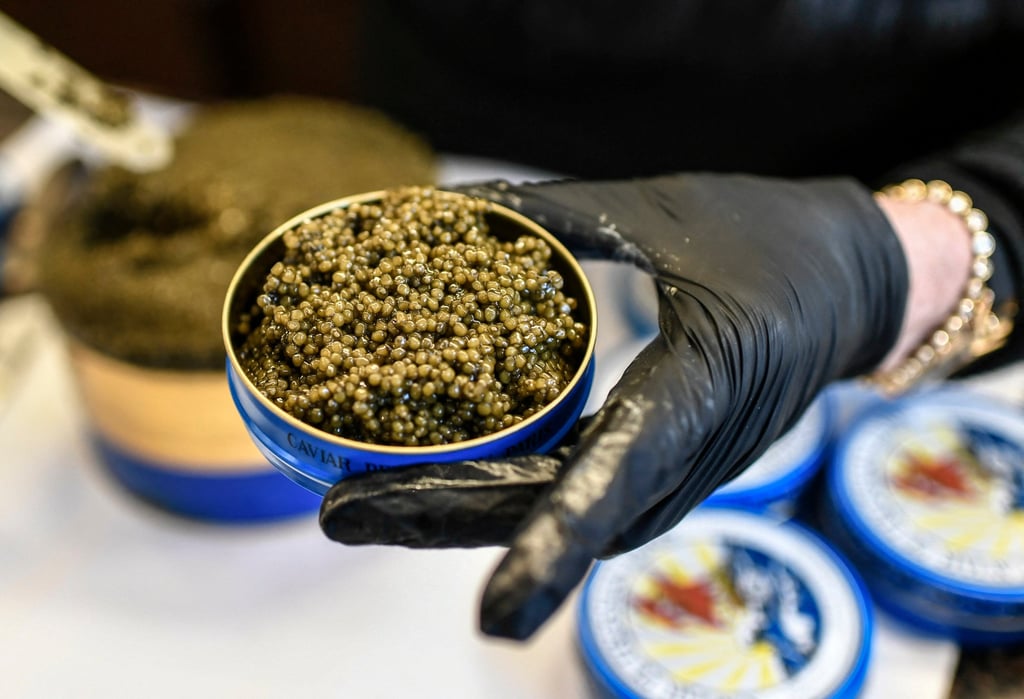Advertisement
Opinion | Caviar is on everything in Hong Kong, from dim sum to ice cream – but why is expensive ‘black gold’ so popular?
- A boom in the production of caviar over the past decade has seen its popularity skyrocket, making it now ‘more fashionable than elitist’
- The pandemic caused a brief dip in sales of the luxury fish eggs, but now ‘black gold’ is piled atop everything, and has found fame on social media
Reading Time:4 minutes
Why you can trust SCMP

We just can’t seem to get away from caviar.
It doesn’t matter whether it’s being served with vintage Krug or piggybacking pricey tuna belly sushi, the unbridled abundance of “black gold” piled high represents a level of affluence that is still out of reach for the average diner.
As much as food bloggers these days enjoy waxing lyrical about humble ingredients such as tofu, yams and rice; heaping spoonfuls of caviar on everything and anything still seems to be the last word in status symbols – the ultimate IDGAF.
Advertisement
Like taking a bottle of expensive Lafite wine to a traditional Hong Kong dai pai dong food stall, it’s all the rage on social media – and diners are lapping it up.

Whereas once you’d see ostentatious offerings such as a whole tart filled with sea urchin and a blanket of caviar, or mooncakes with the lotus seed paste replaced by dark roe (just … why?), the ultimate culinary flex recently has been this “high-low” trend, contrasting “luxury” caviar with fast or ordinary food: think chicken nuggets, crisps, soft serve ice cream.
Advertisement
Advertisement
Select Voice
Choose your listening speed
Get through articles 2x faster
1.25x
250 WPM
Slow
Average
Fast
1.25x
